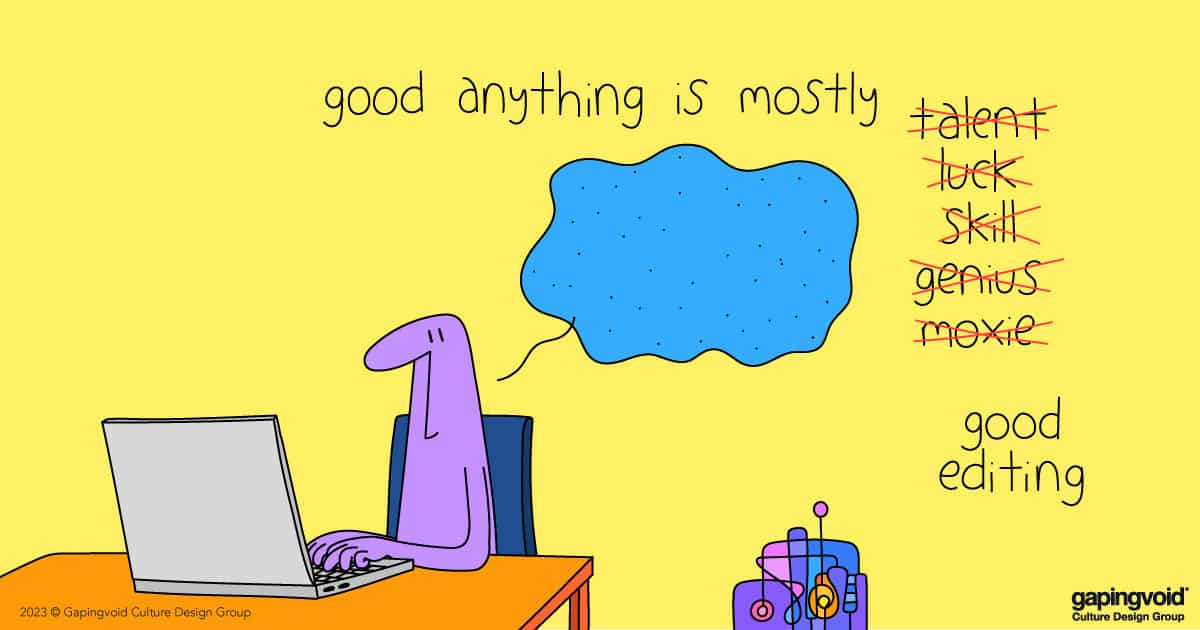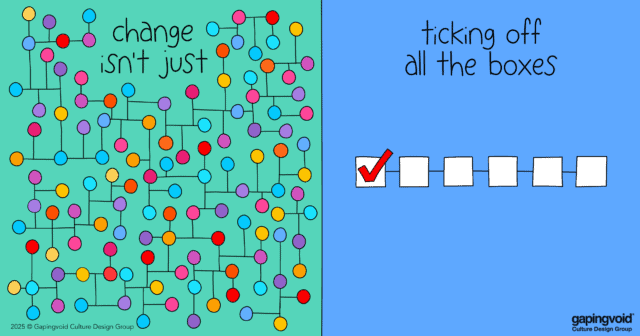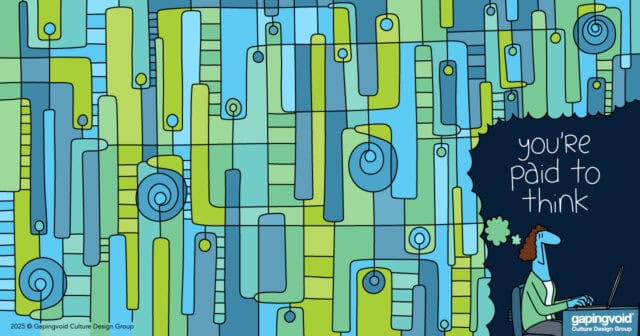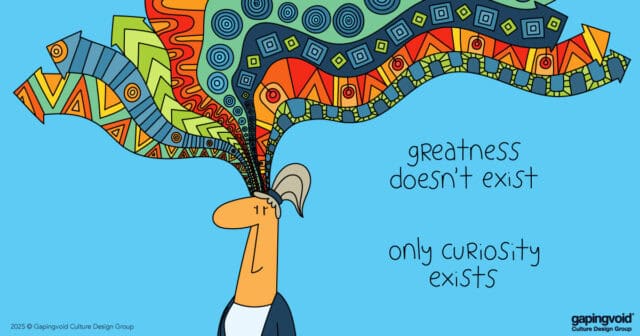
This thought came from an interview with Author, Amor Towles, about his book, “A Gentleman in Moscow” on the EconTalk podcast, episode #856.
There’s an old saw in the copywriting business that the copywriter’s most useful tool is their delete button.
This makes perfect sense. Ask any bigshot filmmaker, and they’ll tell you the real magic only happens in the editing room (it’s not uncommon for a filmmaker to spend more time in the editing room than on the actual shoot by a factor of five).
In industrial design, it’s not uncommon for the designer to create hundreds of prototypes before deciding on the final version. Ditto with architects and their ideas for buildings.
Most paintings from experienced painters are just remixes of the thousands of earlier works that they painted before. This is true for nearly every new thing. All we’re really doing is a form of editing. Selecting from a long list of what came before, curating it in a different way, with hopefully the occasional new spin as well.
To get to a “new spin” you have to follow another common adage from the advertising and design community: “Don’t fall in love with your first idea.” In other words, it’s highly unlikely that your first idea will be your best, so even if you love it, you must be willing to see it die in favor of a later, better idea. “Killing your babies,” as it’s commonly referred to in the trades.
As they said about the vast, victorious Russian army during WWII, “Quantity, often, is its own quality.”
The other thing to consider is that a lot of great creative work is the direct result of the “less is more” ethos. Apple’s first IMac came without a floppy disk reader, which got a lot of people howling in protest. But Apple knew the future was online and knew the floppy disk would soon be obsolete. Therefore they removed it, put in the then-mostly unknown USB plug instead, making for a more aesthetically pleasing and technologically relevant machine. Or think of the great Helmut Crone Volkwagen ads of the early 1960s. One of the most famous ad campaigns of all time, with ALL the bells and whistles taken out.
What’s the lesson here? Often what separates the great creatives from the mediocre ones is NOT the result of inherent talent, but the fact that a much greater percentage of their output ended up in the trash can.
It can be very un-fun. Exhausting. But if we take ourselves too seriously and aren’t willing to do something (over and over and over again), it’s unlikely we’re ever going to arrive at greatness.

Alice Hamilton (1869-1970) was an American physician, toxicologist, and social reformer who revolutionized occupational health by studying the dangers of industrial toxins on workers. Her research and advocacy led to safer workplace standards, reducing fatalities and illness (? ? ?). Hamilton’s groundbreaking contributions were recognized in a time where women seldom were. She was the first woman appointed to the faculty of Harvard Medical School and the first woman elected to the National Academy of Sciences. Her lasting legacy continues to inspire future generations to confront health disparities and create better and safer workplaces for us all.
Thanks to Deborah from Ann Arbor for closing off Women’s history month by nominating Dr. Alice Hamilton!



